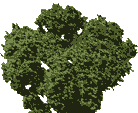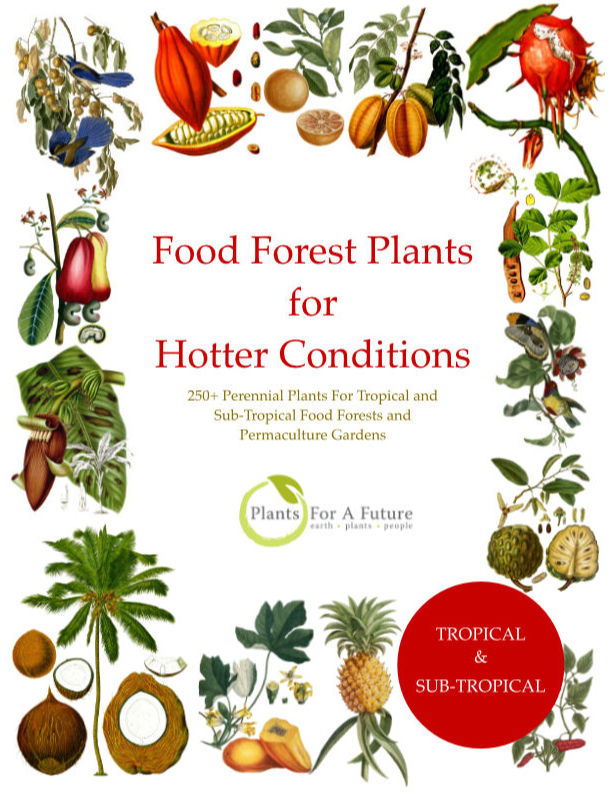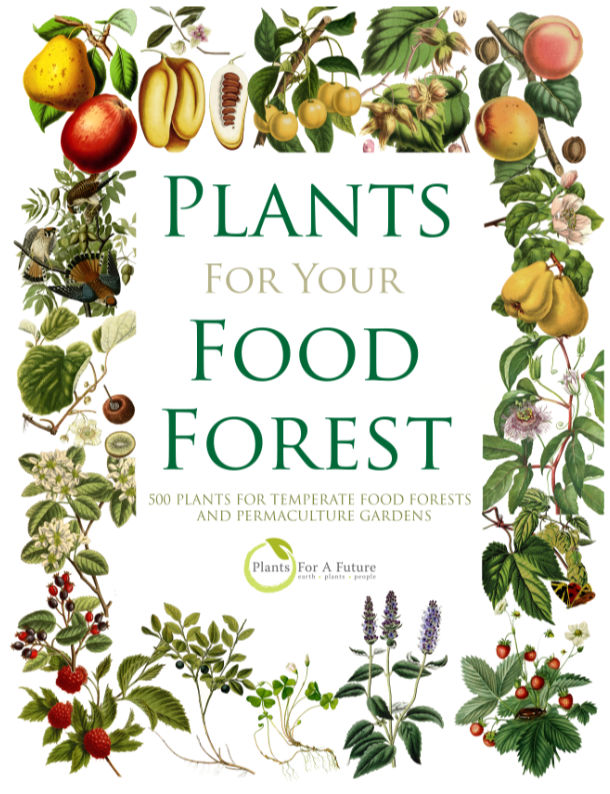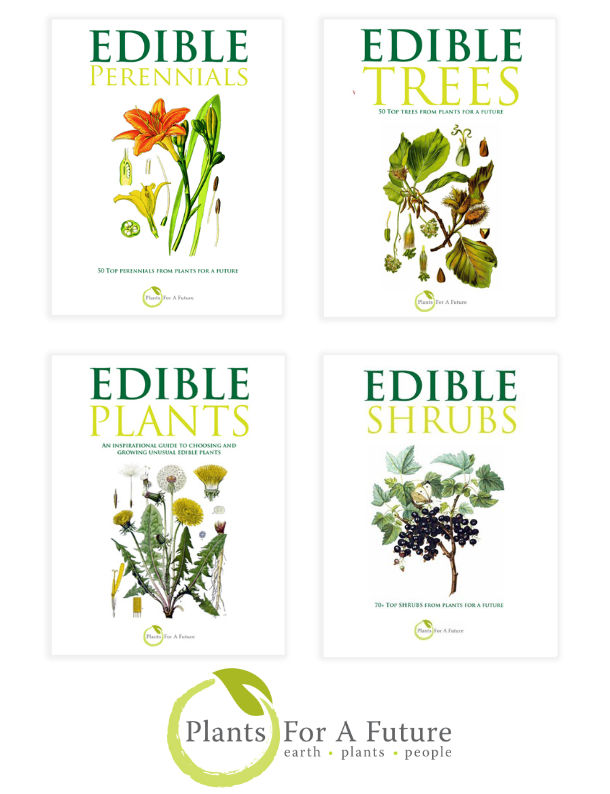Translate this page:
Summary
White Wormwood is valued for its medicinal properties and uses in traditional remedies; it is also used for its aromatic foliage and soil stabilisation in dry areas. Widely used as a fuel plant. White Wormwood is a popular herbal treatment in N. Africa, where it is considered a remedy for all kinds of ailments. The plant is supposed to be carminative, cholagogue, depurative, diuretic, emmenagogue, sedative, stomachic, tonic and vermifuge. It treats conditions such as diabetes, coughs and colds, lung problems, diarrhoea, vomiting, flatulence, fever, measles, jaundice, poisoning, cardiac arrhythmia, and muscle weakness. It is also used for treating parasitic infections such as roundworms, pinworms, tapeworms, hookworms, and flukes. Due to their pest-repellent properties, Artemisia species are often used for soil improvement, as ground cover, and in companion planting. Some species are also used for erosion control.
Physical Characteristics

 Artemisia herba-alba is an evergreen Shrub growing to 0.3 m (1ft) by 0.3 m (1ft in) at a fast rate.
Artemisia herba-alba is an evergreen Shrub growing to 0.3 m (1ft) by 0.3 m (1ft in) at a fast rate.
See above for USDA hardiness. It is hardy to UK zone 8 and is not frost tender. The flowers are pollinated by Insects. The plant is self-fertile.
It is noted for attracting wildlife.
Suitable for: light (sandy) and medium (loamy) soils, prefers well-drained soil and can grow in nutritionally poor soil. Suitable pH: neutral and basic (mildly alkaline) soils and can grow in saline soils.
It cannot grow in the shade. It prefers dry or moist soil and can tolerate drought. The plant can tolerate maritime exposure.
UK Hardiness Map
US Hardiness Map
Synonyms
Seriphidium herba-alba. A. herba-alba subsp. herba-alba. A. herba-alba subsp. valentina (Lam.) Masclans [2-5].
Plant Habitats
Edible Uses
References More on Edible Uses
Medicinal Uses
Plants For A Future can not take any responsibility for any adverse effects from the use of plants. Always seek advice from a professional before using a plant medicinally.
Artemisia herba-alba is a popular herbal treatment in N. Africa, where it is considered a remedy for all kinds of ailments[375 ]. The plant is considered to be carminative, cholagogue, depurative, diuretic, emmenagogue, sedative, stomachic, tonic and vermifuge[375 ]. It treats conditions such as diabetes, coughs and colds, lung problems, diarrhoea, vomiting, flatulence, fever, measles, jaundice, poisoning, cardiac arrhythmia, and muscle weakness[375, 1205 ]. It is also used for treating parasitic infections such as roundworms, pinworms, tapeworms, hookworms, and flukes[1205 ]. The plant is burnt, and the fumes are inhaled to treat coughs, chest, stomach and muscular pains[375 ]. The plant is crushed and applied to the hair to strengthen it and prevent hair loss[375 ]. The crushed plant is also applied to cuts and various skin disorders[375 ]. The macerated leaves and olive oil are applied to the skin to treat lesions[375 ]. The leaves and stem contain an essential oil with irregular monoterpene alcohols, the sesquiterpene lactone santol in herbicides A, B and C; thymol [375, 1205 ]. The leaves contain non-glycosidic flavonoids[375 ]. Preliminary evidence suggests that taking a water extract of the herb might reduce fasting and postprandial blood sugar in some patients with type 2 diabetes[1205 ]. Preliminary evidence suggests that taking a water extract of the herb might reduce symptoms and cure pinworm infections in adults and children after 3 days of treatment[1205 ]. An essential oil extract from aerial plant parts also appears to have antibacterial activity against some Gram-positive and Gram-negative bacteria in vitro. Santolina alcohol constituent in the essential oil appears responsible for this antibacterial activity[1205 ]. A water extract of Artemisia herba-alba aerial parts and root appears to have various pharmacological effects. It appears to affect blood glucose levels, lowering it in cases of diabetes[1205 ]. Artemisia herba-alba water extract also appears to have an analgesic and anti-inflammatory effect; plus a weak antibacterial activity[1205 ]
References More on Medicinal Uses
The Bookshop: Edible Plant Books
Our Latest books on Perennial Plants For Food Forests and Permaculture Gardens in paperback or digital formats.

Edible Tropical Plants
Food Forest Plants for Hotter Conditions: 250+ Plants For Tropical Food Forests & Permaculture Gardens.
More

Edible Temperate Plants
Plants for Your Food Forest: 500 Plants for Temperate Food Forests & Permaculture Gardens.
More

More Books
PFAF have eight books available in paperback and digital formats. Browse the shop for more information.
Shop Now
Other Uses
Agroforestry uses: Artemisia species are often used for soil improvement, as ground cover, and in companion planting due to their pest-repellent properties. Some species are also used for erosion control. Valued for its medicinal properties and use in traditional remedies, also used for its aromatic foliage and soil stabilisation in dry areas.
Widely used as a fuel plant[375], The dried plant is used as a tinder. Due to their pest-repellent properties, Artemisia species are often used for soil improvement, as ground cover, and in companion planting. Some species are also used for erosion control. Nectary - Flowers rich in nectar and pollen: Artemisia species produce flowers that can provide nectar and pollen, attracting various pollinators, including bees. Wildlife - Food (Fruit, Seeds, Leaf litter, Shelter, Nesting, Roosting): The leaves of some Artemisia species are consumed by various insects and herbivores. Additionally, the plant can provide cover for small wildlife. Invertebrate Shelter (Overwintering sites, Leaf litter, Groundcover): The dense foliage can offer shelter and overwintering sites for beneficial insects, and the leaf litter can provide habitat for various invertebrates. Pest Confuser (Smell): Many Artemisia species are aromatic and can confuse or repel pests due to their strong scent, which may deter some insects.
Special Uses
References More on Other Uses
Cultivation details
Artemisia herba-alba is a plant of semi-arid regions in the Mediterranean and is not very hardy in regions with cold winters. Species in this genus are generally easily grown, succeeding in a well-drained circumneutral or slightly alkaline loamy soil, preferring a sunny position[1, 200 ]. They tend to be longer lived, more hardy and more aromatic when grown in poor, dry soil[245 ]. The native range of this species is Canary Islands, Spain, NW. Africa. It is a subshrub and grows primarily in the subtropical biome. Introduced into Great Britain [2-5]. Soil Texture: Prefers light (sandy) or medium soils. It is adapted to arid regions' poor, rocky, and stony soils. Soil Moisture: Thrives in dry soils. It is drought-tolerant and cannot tolerate wet or waterlogged conditions. Drainage: Requires well-drained soil to prevent root rot. Soil pH: Tolerates a wide range of pH levels, thriving in neutral to alkaline soils. Saline Tolerance: Tolerates mild to moderate saline conditions, making it suitable for semi-arid and arid saline habitats. Tolerance of Poor Soil: It thrives in nutrient-poor soils, particularly in arid and semi-arid environments. Light Requirements: Requires full sun for optimal growth. Shade reduces its vigour and aromatic oil production. Height: Typically grows to about 20–40 cm (8–16 inches) tall, forming a dense, low-growing shrub. Pollination: Pollinated by wind and sometimes small insects that visit its inconspicuous flowers. Temperature: Native to arid and semi-arid regions, it is highly drought-resistant and heat-tolerant, thriving in USDA zones 7–10. Habitat: Commonly found in steppe and desert regions, particularly in North Africa, the Middle East, and parts of southern Europe. Wildlife: Provides cover and food for grazing animals like sheep and goats, though its aromatic compounds make it less palatable. Pests and Diseases: Generally resistant to pests and diseases but susceptible to root rot in poorly drained conditions. The aerial parts can be harvested in summer when they are in full bloom, while roots can be harvested in autumn.
Artemisia typically flowers in summer.
Artemisia species can vary in growth rate, but many are moderately fast-growing, reaching maturity within 1-2 years under optimal conditions.
References Carbon Farming Information and Carbon Sequestration Information
Temperature Converter
Type a value in the Celsius field to convert the value to Fahrenheit:
Fahrenheit:
The PFAF Bookshop
Plants For A Future have a number of books available in paperback and digital form. Book titles include Edible Plants, Edible Perennials, Edible Trees,Edible Shrubs, Woodland Gardening, and Temperate Food Forest Plants. Our new book is Food Forest Plants For Hotter Conditions (Tropical and Sub-Tropical).
Shop Now
Plant Propagation
Seed—surface sow from late winter to early summer. The seed usually germinates within 2 - 26 weeks at 15°c[134 ]. When they are large enough to handle, prick the seedlings out into individual pots. They can be planted out in the summer or kept in pots in a cold frame for the winter and then planted out in the spring. Cuttings of half-ripe wood mid-summer in a frame.
Other Names
If available other names are mentioned here
White Wormwood or Desert Wormwood
Native Range
Native to: Algeria, Canary Is., Morocco, Spain, Tunisia.
Weed Potential
Right plant wrong place. We are currently updating this section.
Please note that a plant may be invasive in one area but may not in your area so it's worth checking.
None Known
Conservation Status
IUCN Red List of Threatened Plants Status : Not Available

| Related Plants
|
| Latin Name | Common Name | Habit | Height | Hardiness | Growth | Soil | Shade | Moisture | Edible | Medicinal | Other |
| Artemisia abrotanum | Southernwood | Shrub | 1.2 |
4-8
| | LMH | SN | DM | 1 | 3 | 3 |
| Artemisia absinthium | Wormwood, Absinthium. | Perennial | 1.0 |
4-9
| M | LM | SN | DM | 1 | 3 | 3 |
| Artemisia annua | Qing Hao, Sweet sagewort | Annual | 3.0 |
6-9
| F | LM | SN | DM | 1 | 4 | 2 |
| Artemisia anomala | | Perennial | 1.0 |
-
| | LMH | SN | M | 0 | 2 | |
| Artemisia arborescens | Tree Wormwood | Shrub | 1.0 |
8-10
| F | LM | N | DM | 0 | 2 | 3 |
| Artemisia argyi | | Perennial | 1.5 |
-
| | LM | SN | DM | 0 | 2 | |
| Artemisia biennis | Biennial Wormwood | Annual/Biennial | 1.0 |
3-8
| | LM | SN | DM | 1 | 1 | 1 |
| Artemisia californica | California Sagebrush | Shrub | 2.0 |
7-10
| F | LM | N | DM | 0 | 2 | 3 |
| Artemisia campestris | Field Southernwood | Perennial | 1.5 |
3-8
| | LM | SN | DM | 1 | 2 | 1 |
| Artemisia campestris glutinosa | | Perennial | 1.5 |
-
| | LM | SN | DM | 0 | 0 | 1 |
| Artemisia capillaris | Yin Chen Hao | Shrub | 0.5 |
6-9
| | LM | SN | DM | 1 | 3 | |
| Artemisia carruthii | Carruth Wormwood | Perennial | 0.4 |
4-9
| M | LM | N | DM | 1 | 0 | 0 |
| Artemisia caruifolia | | Annual | 1.0 |
-
| | LM | SN | DM | 1 | 3 | 1 |
| Artemisia cina | Cina, Santonica | Shrub | 1.0 |
0-0
| | LM | S | DM | 0 | 3 | |
| Artemisia dracunculoides | Russian Tarragon, Tarragon, French Tarragon | Perennial | 1.0 |
5-8
| M | LM | SN | DM | 2 | 1 | 3 |
| Artemisia dracunculus | Tarragon, French Tarragon | Perennial | 0.6 |
5-9
| M | LM | SN | DM | 4 | 2 | 3 |
| Artemisia filifolia | Sand Sage, Sand sagebrush | Shrub | 1.2 |
3-7
| | LM | SN | DM | 0 | 2 | 1 |
| Artemisia frigida | Fringed Wormwood, Prairie sagewort | Perennial | 0.3 |
3-8
| | LM | N | DM | 2 | 2 | 3 |
| Artemisia glacialis | Glacier Wormwood | Perennial | 0.2 |
4-8
| | LMH | N | DM | 1 | 2 | |
| Artemisia gmelinii | Russian Wormwood, Gmelin's wormwood | Perennial | 1.5 |
3-7
| | LMH | N | DM | 1 | 1 | 2 |
| Artemisia indica | | Annual/Perennial | 1.2 |
6-9
| | LM | SN | DM | 1 | 3 | 2 |
| Artemisia japonica | | Perennial | 1.0 |
7-10
| | LMH | SN | DM | 1 | 2 | 1 |
| Artemisia keiskeana | | Perennial | 0.6 |
-
| | LMH | SN | DM | 2 | 1 | 2 |
| Artemisia laciniata | Siberian wormwood | Perennial | 0.0 |
0-0
| | LMH | SN | DM | 1 | 0 | |
| Artemisia lactiflora | White Mugwort | Perennial | 1.5 |
4-8
| S | LMH | SN | M | 0 | 2 | |
| Artemisia lancea | | Perennial | 1.2 |
-
| | LMH | SN | DM | 1 | 1 | |
| Artemisia ludoviciana | White Sage, Louisiana Sage, Prairie Sage, Western Mugwort | Perennial | 1.0 |
3-9
| M | LM | SN | DM | 2 | 2 | 2 |
| Artemisia ludoviciana gnaphalodes | White Sage | Perennial | 1.0 |
4-8
| | LM | SN | DM | 0 | 2 | 1 |
| Artemisia maritima | Sea Wormwood | Shrub | 0.6 |
6-9
| | LM | N | DM | 1 | 2 | 1 |
|
|
Growth: S = slow M = medium F = fast. Soil: L = light (sandy) M = medium H = heavy (clay). pH: A = acid N = neutral B = basic (alkaline). Shade: F = full shade S = semi-shade N = no shade. Moisture: D = dry M = Moist We = wet Wa = water.
Now available:
Food Forest Plants for Mediterranean Conditions
350+ Perennial Plants For Mediterranean and Drier Food Forests and Permaculture Gardens.
[Paperback and eBook]
This is the third in Plants For A Future's series of plant guides for food forests tailored to
specific climate zones. Following volumes on temperate and tropical ecosystems, this book focuses
on species suited to Mediterranean conditions—regions with hot, dry summers and cool, wet winters,
often facing the added challenge of climate change.
Read More
Expert comment
Author
Asso
Botanical References
Links / References
For a list of references used on this page please go here
Readers comment
| Add a comment |
|
If you have important information about this plant that may help other users please add a comment or link below. Only comments or links that are felt to be directly relevant to a plant will be included. If you think a comment/link or information contained on this page is inaccurate or misleading we would welcome your feedback at [email protected]. If you have questions about a plant please use the Forum on this website as we do not have the resources to answer questions ourselves.
* Please note: the comments by website users are not necessarily those held by PFAF and may give misleading or inaccurate information.
To leave a comment please Register or login here All comments need to be approved so will not appear immediately.
|
Subject : Artemisia herba-alba
|
|
|
|